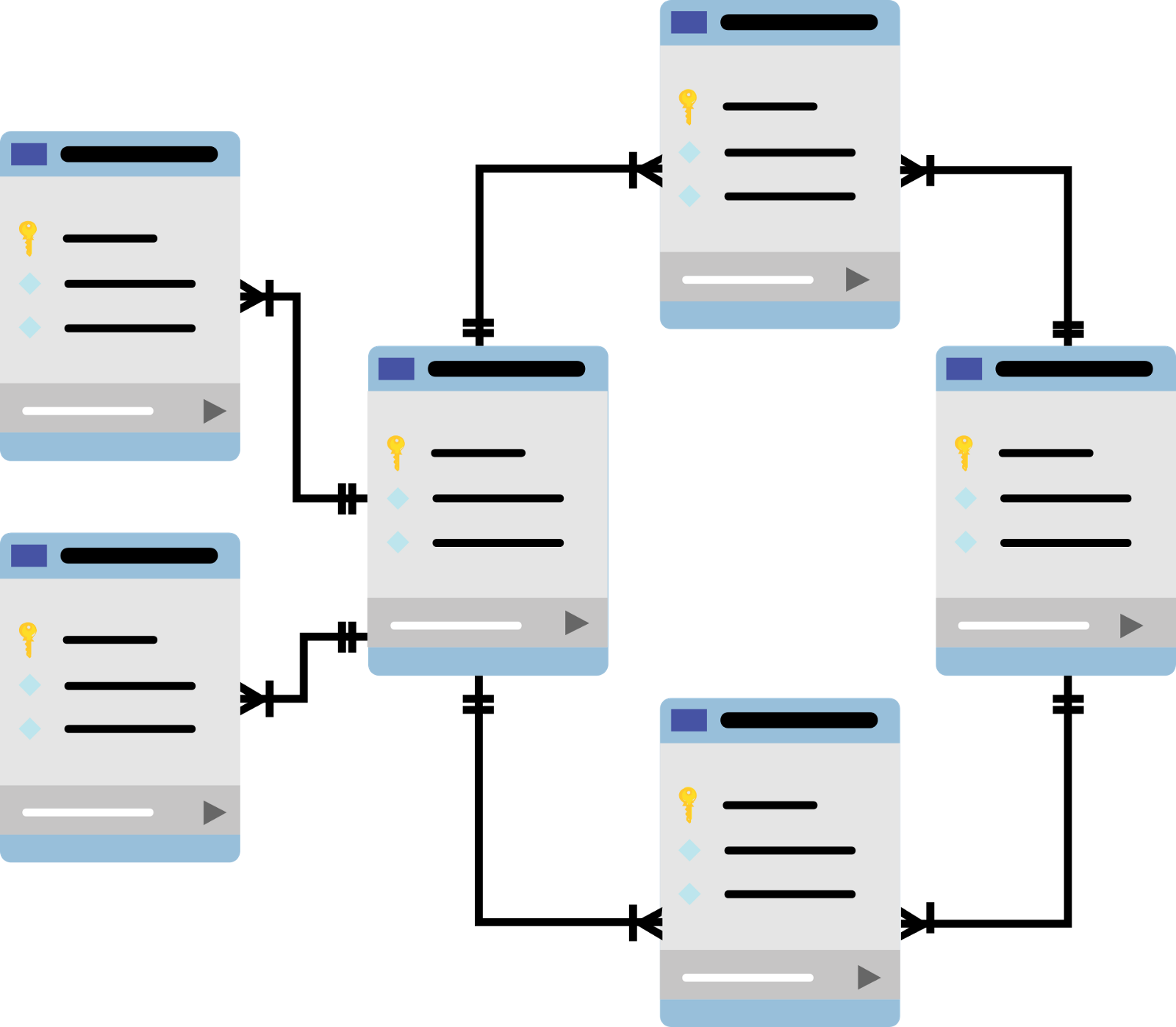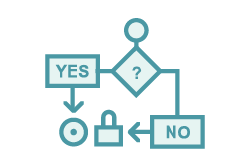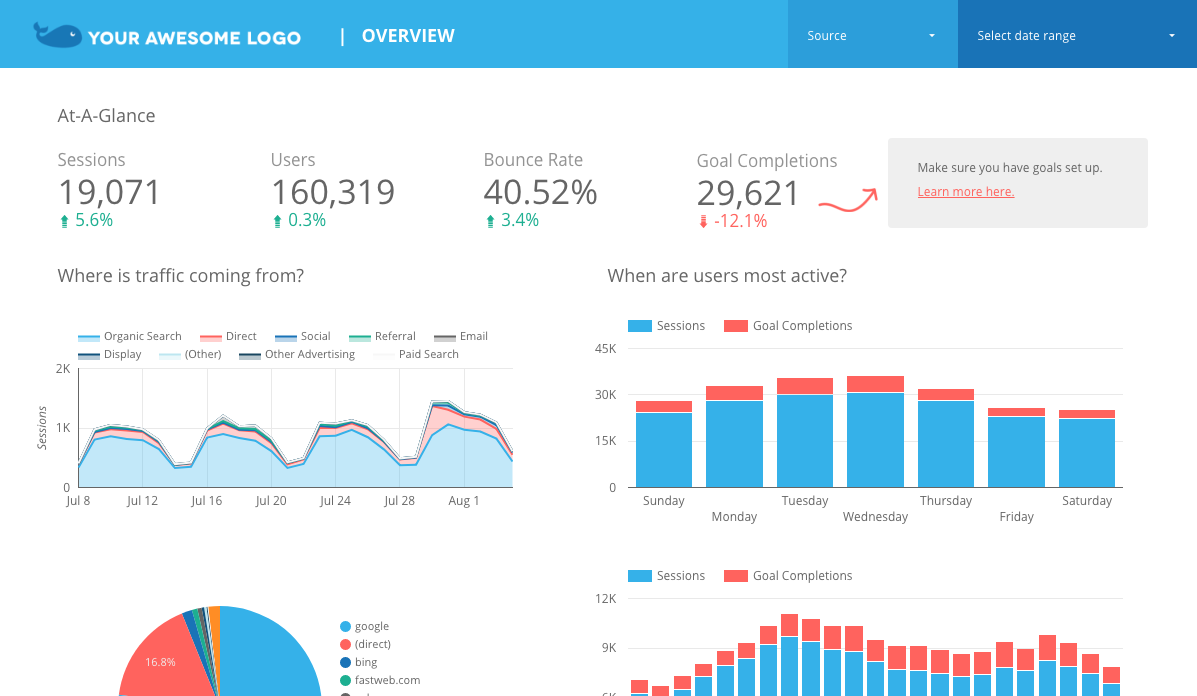PAGE EN COURS DE RÉDACTION - TEXTE FRANÇAIS À VENIR
Mobile apps built with Low-code tools allow access to business information from wherever your people have to go. These apps can run on a phone or tablet and use the special device capabilities such as GPS, camera, code scanning, sketching or signature. The apps can be used offline for a while where there is no Internet connection and will sync automatically later on. Apps are designed to be easy and friendly for your employees and partners. The apps can also be used from a laptop or desktop computer, albeit without the features that are unique to mobile devices such as sensors.
Mobile low-code platforms are tailored to streamline business activities and make the road to a useful app as easy as possible. In many cases, the apps made on mobile low-code platforms are replacing pen-and-paper processes, cutting down what once took days to a few minutes. The simplest example is dynamic forms : you create interactive experiences that guide a user through a data collection process, capture only the information needed, and fill out the electronic equivalent of a form behind the scenes. Apps can be built for much more complex scenarios depending on the business processes involved.

Once your employees and partners start using these apps, you can follow business events live as they occur in the field and as updated data becomes immediately available to everybody who is invoved. Over time, this accumulated data becomes valuable to apply AI and Machine Learning to analyze how your processes perform and to guide your business decisions.
Structuring the information properly is the key to building successful apps. All the data objects that the App will handle must defined thoroughly and existing data stores must be identified to avoid creating redundancy. The information is then organized as a database. The app uses filters such that each user accesses only the subset that is relevant and allowed for his or her tasks. The information is protected by security controls that can include logging accesses by whom and when.

Integration with related systems ensures that shared data is up to date. A new mobile App may be based on an existing spreadsheet, but some of the sheet’s data may originate from other enterprise systems or external sources. When building a mobile App, there is an opportunity to setup automated information exchange mechanisms in order to avoid manual copy-pasting between other systems and the App. One must identify related systems and define the direction and contents of the data to be exchanged with the App. It is essential to keep the data exchange mechanism simple and loosely coupled such that it is resilient to future changes in the related systems.

The apps include business logic in order for your internal rules such as validations, prerequisites and calculations, to be properly followed and you can also benefit from task dispatch by means of a workflow facility.

Reporting features include analyzing and displaying your information
with state of the art Business Intelligence tools that allow you to
produce interactive reports, dynamic charts or dashboards that can be visualized on-the-go or emailed to recipients according to your rules. This gets
status information to people who need it, when they need it.

The apps are cloud based, such that they run on servers that are outside of your organization and make your data securely accessible via the Internet but only to the individuals that you designate. This brings many advantages, the most important being that you do not need to own any computer server infrastructure and that you can “pay as you go”, without requiring a substantial upfront investment.
